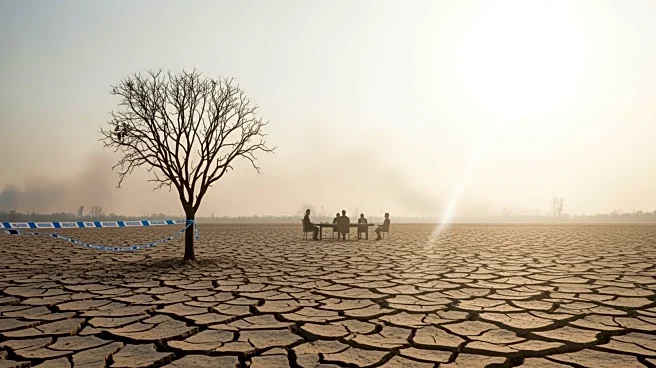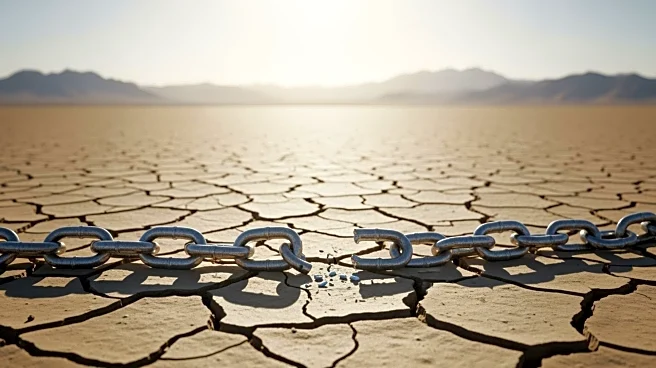What's Happening?
A new report from the Arava Institute highlights the severe environmental damage caused by the recent conflict in Gaza. The report estimates that 69% of Gaza's infrastructure has been damaged, severely impacting water and energy systems. The conflict exacerbated
existing environmental issues, such as energy shortages and water pollution, leading to a humanitarian crisis. The report outlines a three-phase recovery plan focusing on immediate humanitarian aid, adaptive measures like renewable energy, and long-term ecosystem restoration.
Why It's Important?
The environmental devastation in Gaza underscores the broader humanitarian and ecological challenges faced by conflict zones. The destruction of critical infrastructure has immediate and long-term implications for public health, food security, and regional stability. The report's findings emphasize the need for sustainable recovery efforts that address both humanitarian needs and environmental resilience. The international community's response will be crucial in shaping Gaza's recovery and future sustainability.
What's Next?
The report calls for a coordinated international effort to implement sustainable recovery strategies in Gaza. This includes deploying technologies like solar microgrids and wastewater treatment systems to improve living conditions. The success of these initiatives will depend on political cooperation and continued support from international organizations. The recovery process presents an opportunity to build a more resilient and self-sufficient Gaza, but it will require significant investment and commitment from global stakeholders.













